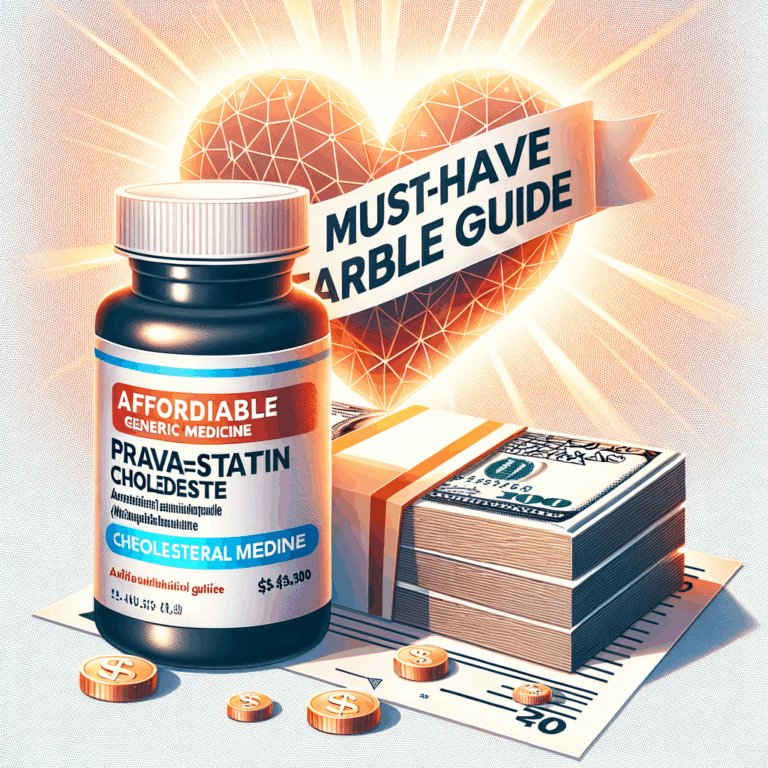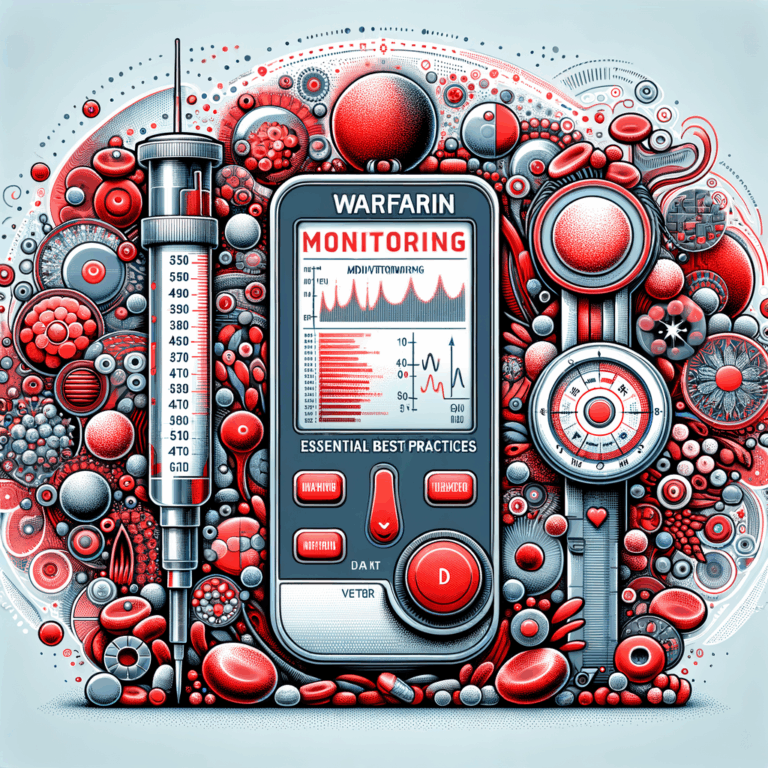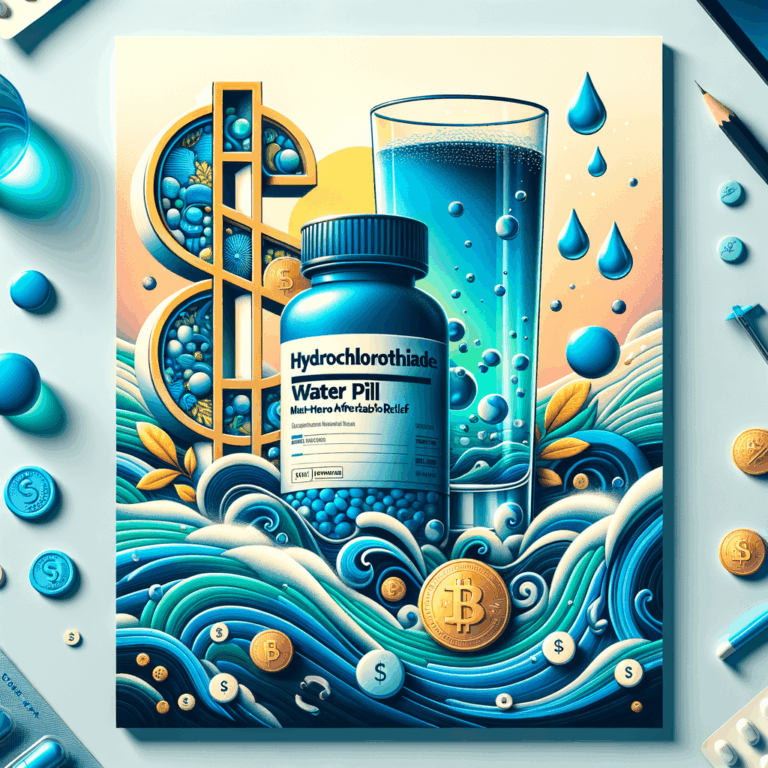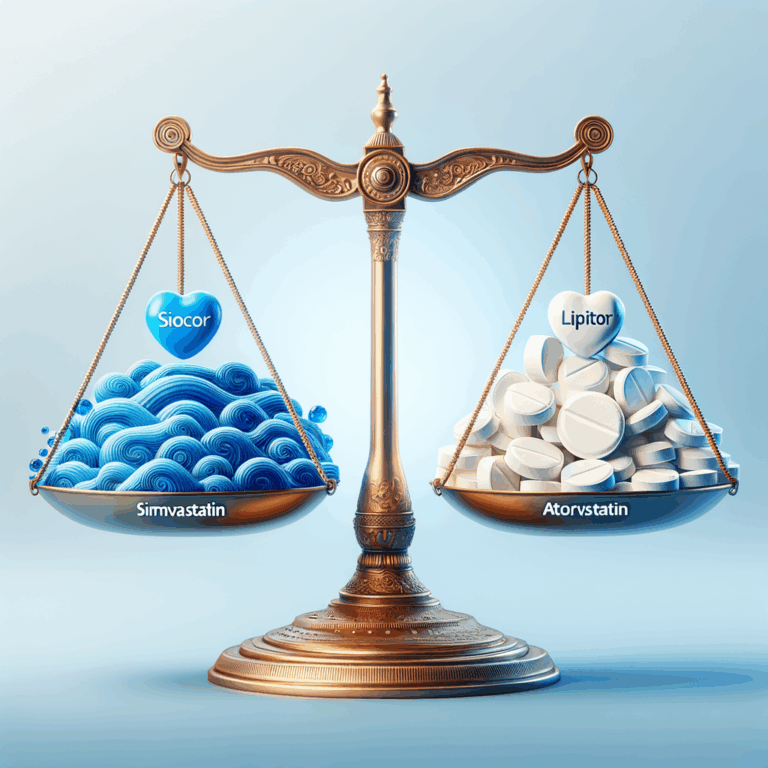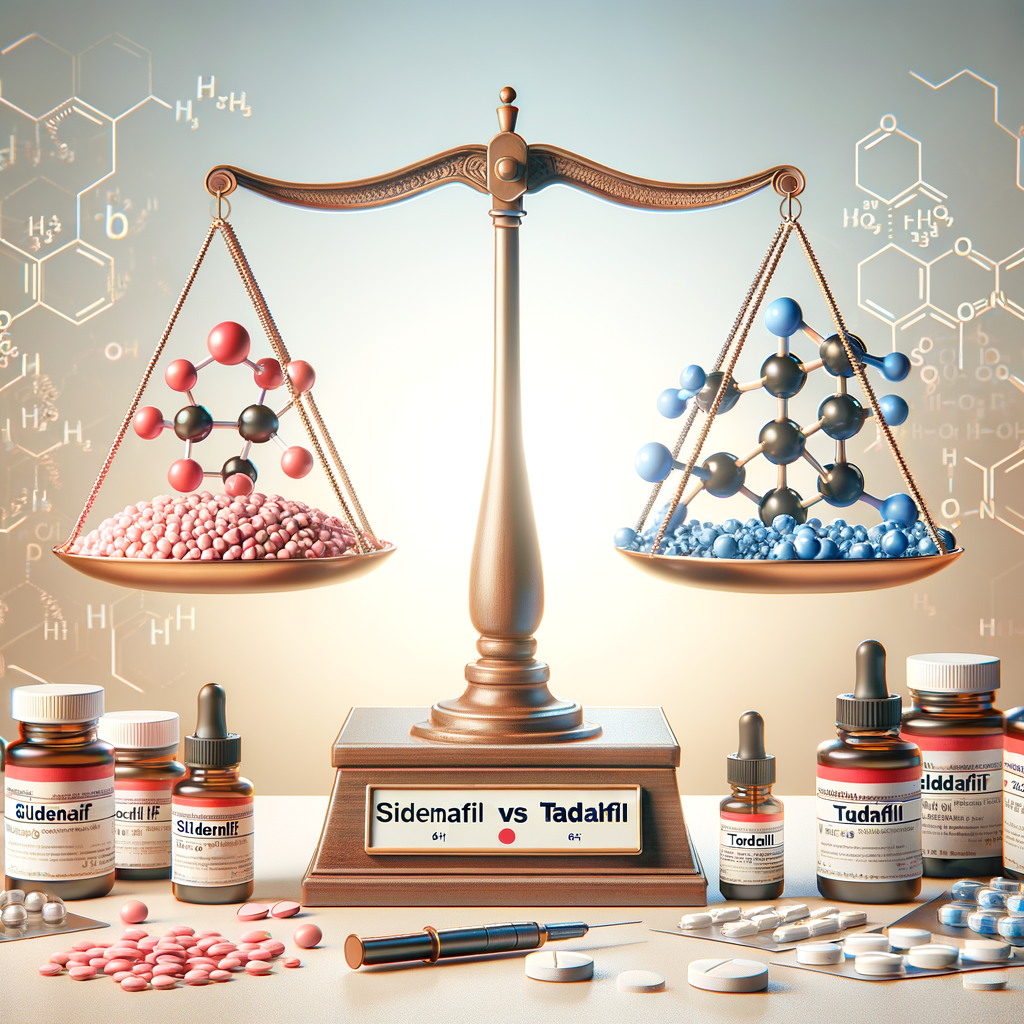
- Introduction: Why This Comparison Matters
- Overview: What Are Sildenafil and Tadalafil?
- How They Work: The Science in Simple Terms
- Onset of Action: How Quickly Do They Work?
- Duration of Effect: Short-acting vs Long-acting
- Dosing Options: Flexible Choices for Different Lifestyles
- Side Effects: What to Expect and How to Manage Them
- Serious Risks and When to Seek Help
- Contraindications: Who Should Avoid These Drugs
- Drug Interactions: Common and Important Interactions
- Comparing Efficacy: What Studies Show
- Which Is Better for You? Key Factors to Consider
- Special Populations: Older Men, Diabetics, and Cardiovascular Disease
- Choosing Between Daily Low Dose vs As-Needed Use
- Cost and Accessibility: Branded vs Generic
- Practical Tips to Maximize Effectiveness
- Lifestyle Changes That Enhance Drug Effectiveness
- Comparative Table: Quick Reference
- Real-World Scenarios: Choosing the Right One
- How to Talk to Your Doctor About These Options
- Common Myths and Misconceptions
- Alternatives When PDE5 Inhibitors Aren't Suitable
- Monitoring and Follow-Up
- Final Thoughts: Making the Best Choice
- FAQs
- 1. Can I take sildenafil and tadalafil together?
- 2. Are these drugs addictive?
- 3. How do I handle side effects like headache or flushing?
- 4. Can women take these drugs?
- 5. Is tadalafil safe for daily long-term use?
- 6. What if I have kidney or liver disease?
- 7. Can I drink alcohol while using these drugs?
- 8. How soon should I expect results?
- 9. Do these drugs protect against sexually transmitted infections (STIs)?
- 10. Can I buy these drugs online without a prescription?
- References
Introduction: Why This Comparison Matters
Choosing between Sildenafil vs Tadalafil can feel confusing. Both drugs treat erectile dysfunction (ED), yet they work differently. Consequently, picking the right one affects results, side effects, and convenience. This guide helps you decide with clear facts and practical tips.
You will learn how each drug works, how fast they act, and how long they last. Additionally, the guide covers dosing, safety, and real-world use. By reading, you will make a smarter, safer choice.
Overview: What Are Sildenafil and Tadalafil?
Sildenafil and Tadalafil belong to a drug class called phosphodiesterase type 5 inhibitors, or PDE5 inhibitors. They improve blood flow to the penis during sexual arousal. This mechanism helps men achieve and maintain an erection.
Sildenafil appeared first in the late 1990s. Tadalafil arrived slightly later and introduced a longer-lasting option. Both drugs have branded and generic forms. As a result, cost and availability vary worldwide.
How They Work: The Science in Simple Terms
Sildenafil and Tadalafil block the PDE5 enzyme. This action raises cyclic GMP levels in smooth muscle cells. Consequently, blood vessels in the penis relax and widen. The result is increased blood flow during sexual stimulation.
Importantly, the drugs require sexual stimulation to work. They do not cause spontaneous erections without arousal. Also, they act primarily in the penile tissue but can affect other blood vessels too. Therefore, side effects often link to general vasodilation.
Onset of Action: How Quickly Do They Work?
Sildenafil generally works within 30 to 60 minutes. You should take it about one hour before sexual activity. Eating a heavy or fatty meal can delay absorption. Thus, avoid large meals if you need a quick effect.
Tadalafil often acts in 30 minutes as well. However, many men notice effects within 15 to 30 minutes. Tadalafil’s consistency makes it useful for spontaneous encounters. You can take it in daily low doses or as-needed larger doses.
Duration of Effect: Short-acting vs Long-acting
Sildenafil typically lasts about 4 to 6 hours. Most sexual activity falls comfortably within this window. Afterward, drug levels fall and the effect fades.
Tadalafil lasts much longer. It can remain effective for up to 36 hours. People often call it the “weekend pill.” The long window supports spontaneous intimacy and reduces the need to plan.
Dosing Options: Flexible Choices for Different Lifestyles
Sildenafil dosing commonly ranges from 25 mg to 100 mg per dose. Doctors often start at 50 mg and adjust based on response. You take it as needed, usually no more than once every 24 hours.
Tadalafil offers two main regimens. The as-needed dose ranges from 10 mg to 20 mg. Alternatively, a daily low dose of 2.5 to 5 mg supports continuous readiness. Thus, tadalafil suits regular sexual activity or unpredictable timing.
Side Effects: What to Expect and How to Manage Them
Both drugs share common side effects. These include headache, flushing, nasal congestion, and indigestion. Effects usually start soon after dosing and resolve within hours.
Tadalafil can cause muscle aches and back pain more frequently than sildenafil. Conversely, sildenafil may produce visual changes like a blue tint, albeit rarely. If side effects persist or worsen, stop the drug and consult a doctor.
Serious Risks and When to Seek Help
Both drugs can cause rare but serious adverse events. These include priapism—an erection lasting over four hours—and sudden vision or hearing loss. Seek immediate medical care if these occur.
Additionally, combining PDE5 inhibitors with nitrates can cause a dangerous blood pressure drop. Therefore, never take them together. Always tell your healthcare provider about heart medications before starting either drug.
Contraindications: Who Should Avoid These Drugs
Do not use sildenafil or tadalafil if you take nitrate medications. This combination can cause severe hypotension. Also, avoid PDE5 inhibitors if you have unstable heart disease or recent stroke.
Caution applies to men with severe liver or kidney disease. Similarly, those with certain retinal disorders should avoid sildenafil. Always discuss your full medical history with a provider.
Drug Interactions: Common and Important Interactions
Several drugs interact with PDE5 inhibitors. Strong CYP3A4 inhibitors, like ketoconazole or ritonavir, raise PDE5 drug levels. Consequently, doctors often reduce doses when used together.
Other interactions include alpha-blockers used for prostate enlargement. Combining these can cause low blood pressure. Therefore, providers adjust timing and doses to minimize risk.
Comparing Efficacy: What Studies Show
Clinical trials show both drugs significantly improve erectile function. Sildenafil produced strong improvements within several trials. Many men achieve satisfactory erections with the right dose.
Tadalafil also shows robust efficacy. Some studies favor tadalafil for spontaneous sexual activity due to its long duration. Ultimately, individual responses vary and trial-and-error often guides final choice.
Which Is Better for You? Key Factors to Consider
Start by thinking about sexual timing. If you prefer planning intimacy, sildenafil may work well. If you prefer spontaneity, tadalafil often fits better.
Consider side-effect profiles and medical history. For example, men with back pain concerns might avoid tadalafil. Those with visual sensitivity may avoid sildenafil. Cost and convenience also matter.
Special Populations: Older Men, Diabetics, and Cardiovascular Disease
Erectile dysfunction becomes more common with age. Older men often take medications for heart disease or blood pressure. Thus, drug interactions deserve special attention.
Diabetes also increases ED risk. Trials show both drugs help diabetic men, but response rates may drop. Therefore, realistic expectations and medical oversight matter more in these groups.
Choosing Between Daily Low Dose vs As-Needed Use
Daily tadalafil offers continuous readiness with low-dose therapy. It suits men with frequent sexual activity or those seeking spontaneity. Additionally, daily dosing can reduce performance anxiety.
On the other hand, as-needed dosing limits drug exposure. It may appeal to men with infrequent sexual activity. Sildenafil only comes in as-needed dosing, so it naturally fits this model.
Cost and Accessibility: Branded vs Generic
Generics for both drugs exist and cost far less than brand names. Sildenafil’s generic often appears as blue pills. Tadalafil’s generic also provides cost savings. Insurance coverage varies by region and plan.
Online pharmacies and brick-and-mortar stores sell both drugs. Still, buy from reputable sources. Counterfeit medications pose health risks. Always consult a provider before purchasing.
Practical Tips to Maximize Effectiveness
Follow these tips to improve results:
– Take sildenafil one hour before sex.
– Avoid fatty meals with sildenafil.
– Try tadalafil at least once to understand the timing.
– Avoid alcohol excess, as it lowers performance.
– Use foreplay and arousal to trigger the drugs’ action.
Also, open communication with your partner can reduce anxiety. Combined, these steps raise the chance of successful outcomes.
Lifestyle Changes That Enhance Drug Effectiveness
Medications work better when you improve overall health. Regular exercise boosts blood flow and stamina. Quitting smoking improves vascular health dramatically.
Additionally, losing excess weight and controlling blood sugar enhance erectile function. Manage blood pressure and cholesterol too. These changes reduce medication dependence over time.
Comparative Table: Quick Reference
| Feature | Sildenafil | Tadalafil |
|---|---|---|
| Onset | 30–60 minutes | 15–30 minutes |
| Duration | 4–6 hours | Up to 36 hours |
| Dosing | 25–100 mg as needed | 10–20 mg as needed; 2.5–5 mg daily |
| Common side effects | Headache, flushing, visual changes | Headache, muscle/back pain, flushing |
| Food effect | High-fat meals delay | Minimal effect |
| Recommended for | Planned intimacy | Spontaneous intimacy, frequent sex |
Real-World Scenarios: Choosing the Right One
Scenario 1: You plan most sexual encounters. You have no complex heart disease. Sildenafil likely suits you. It offers a targeted, temporary effect.
Scenario 2: You prefer unexpected intimacy. You want fewer pills and less planning. Tadalafil’s long window or daily dose likely fits better. It supports flexibility and spontaneity.
Scenario 3: You take nitrates for chest pain. Neither drug is safe. You need alternative approaches and specialist advice.
How to Talk to Your Doctor About These Options
Be honest about your medical history and medications. Mention heart disease, diabetes, and current prescriptions. Also describe sexual habits and timing preferences.
Ask about side effects and what to do if problems arise. Finally, ask for a trial dose and plan to adjust based on response. This approach helps find the right drug safely.
Common Myths and Misconceptions
Myth: PDE5 inhibitors cause permanent dependency. Fact: They do not create physical dependence. You can stop them without withdrawal.
Myth: Viagra and Cialis are identical. Fact: They differ in duration, onset, and side effects. Selecting the right drug depends on personal needs.
Alternatives When PDE5 Inhibitors Aren’t Suitable
If you cannot take PDE5 inhibitors, other treatments exist:
– Vacuum erection devices
– Penile injections
– Urethral suppositories
– Penile implants
– Psychological counseling
Each option has pros and cons. Discuss them with a urologist or sexual health specialist.
Monitoring and Follow-Up
After starting therapy, track efficacy and side effects. Keep a simple log of dose, timing, and outcome. Share this with your provider at follow-up visits.
If you experience any worrying symptoms, seek medical advice immediately. Regular follow-up ensures safety and optimizes treatment.
Final Thoughts: Making the Best Choice
Sildenafil vs Tadalafil both help many men regain sexual function. Sildenafil offers a reliable, short-acting option. Tadalafil adds a long-lasting, flexible approach.
Your best choice depends on your lifestyle, medical history, and preferences. Work with a healthcare provider to weigh risks and benefits. Then try a monitored trial to find the right fit.
FAQs
1. Can I take sildenafil and tadalafil together?
No. Combining them increases side effects without extra benefit. It may also raise the risk of low blood pressure. Use only one PDE5 inhibitor at a time.
2. Are these drugs addictive?
No. PDE5 inhibitors do not cause physical addiction. However, psychological dependence on medication for performance can occur. Address anxiety with counseling if needed.
3. How do I handle side effects like headache or flushing?
These side effects are often mild and brief. Drink water, rest, and avoid alcohol. If side effects persist, reduce dose or switch drugs after consulting a doctor.
4. Can women take these drugs?
Sildenafil and tadalafil act differently in women. They do not work reliably for improving sexual function in women. Doctors may recommend other approaches.
5. Is tadalafil safe for daily long-term use?
Yes, daily low-dose tadalafil has approval for long-term use in many countries. Still, a doctor should monitor you regularly for effectiveness and safety.
6. What if I have kidney or liver disease?
Dose adjustments may be necessary. Both kidney and liver impairment affect drug clearance. Tell your doctor about any organ disease before starting therapy.
7. Can I drink alcohol while using these drugs?
Moderate alcohol often remains safe. Yet excessive drinking reduces erectile response and increases side effects. Limit alcohol for best results.
8. How soon should I expect results?
Many men respond within the first few tries. If one dose fails, try again under varying conditions. If no improvement appears after several attempts, consult your doctor.
9. Do these drugs protect against sexually transmitted infections (STIs)?
No. PDE5 inhibitors do not prevent STIs or HIV. Use condoms and practice safe sex for protection.
10. Can I buy these drugs online without a prescription?
Regulations differ by country, but many places require a prescription. Avoid unregulated online sellers because counterfeit pills pose risks. Always favor reputable pharmacies.
References
– U.S. Food and Drug Administration (FDA) — Information on Viagra (sildenafil) and Cialis (tadalafil). https://www.fda.gov
– NHS — Erectile dysfunction: diagnosis and treatment. https://www.nhs.uk/conditions/erection-problems-erectile-dysfunction/
– Cover, R. J., et al. “Comparative efficacy of sildenafil and tadalafil for erectile dysfunction.” Journal of Sexual Medicine. https://www.jsm.jsexmed.org
– Burnett, A. L., et al. “Guideline on the management of erectile dysfunction.” American Urological Association. https://www.auanet.org/guidelines
– European Association of Urology (EAU) — Guidelines on sexual and reproductive health. https://uroweb.org/guideline/sexual-and-reproductive-health
Note: Some sources above provide general pages or guideline overviews. For specific clinical trial data and dosing adjustments, consult your healthcare provider or peer-reviewed journals.
